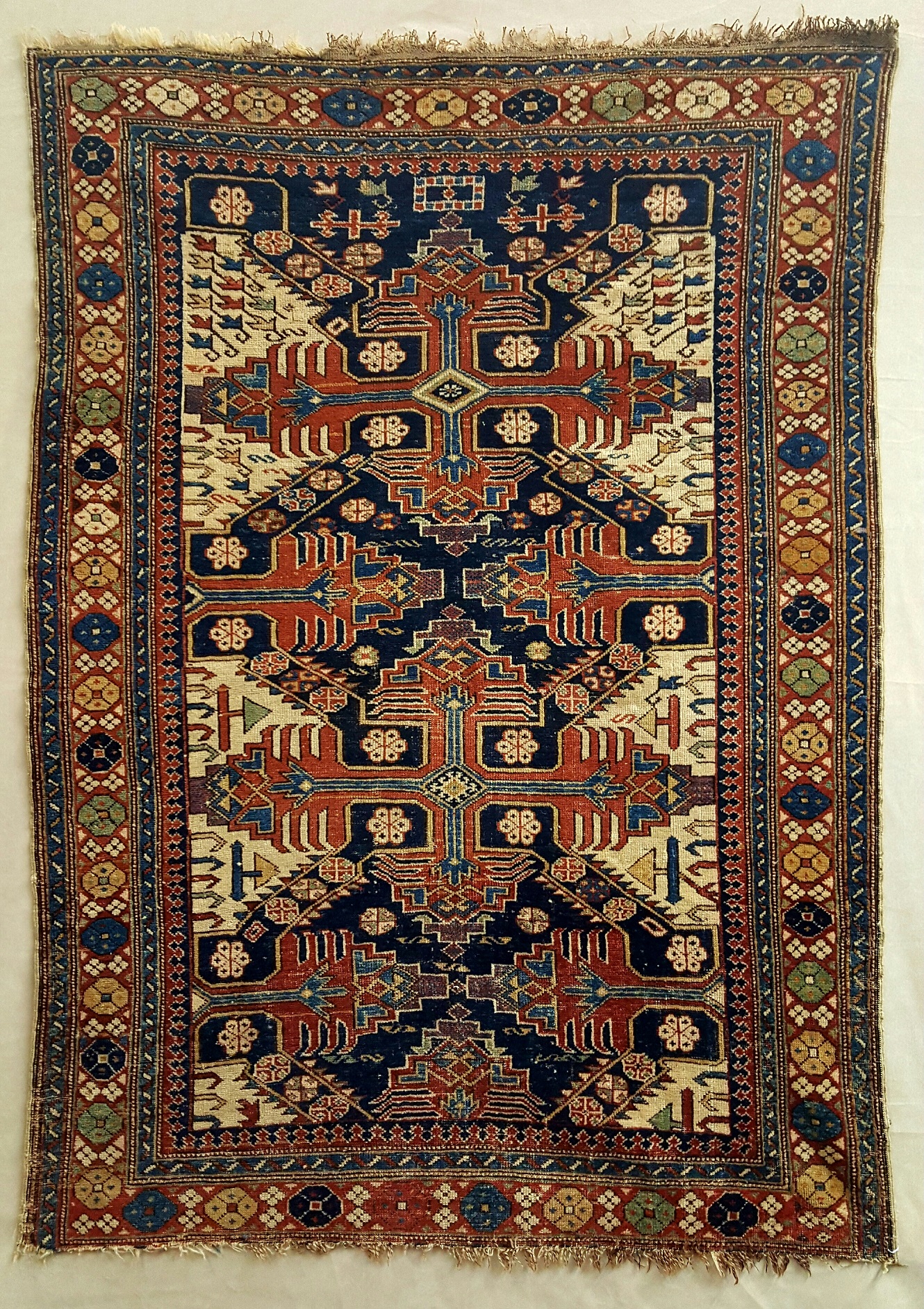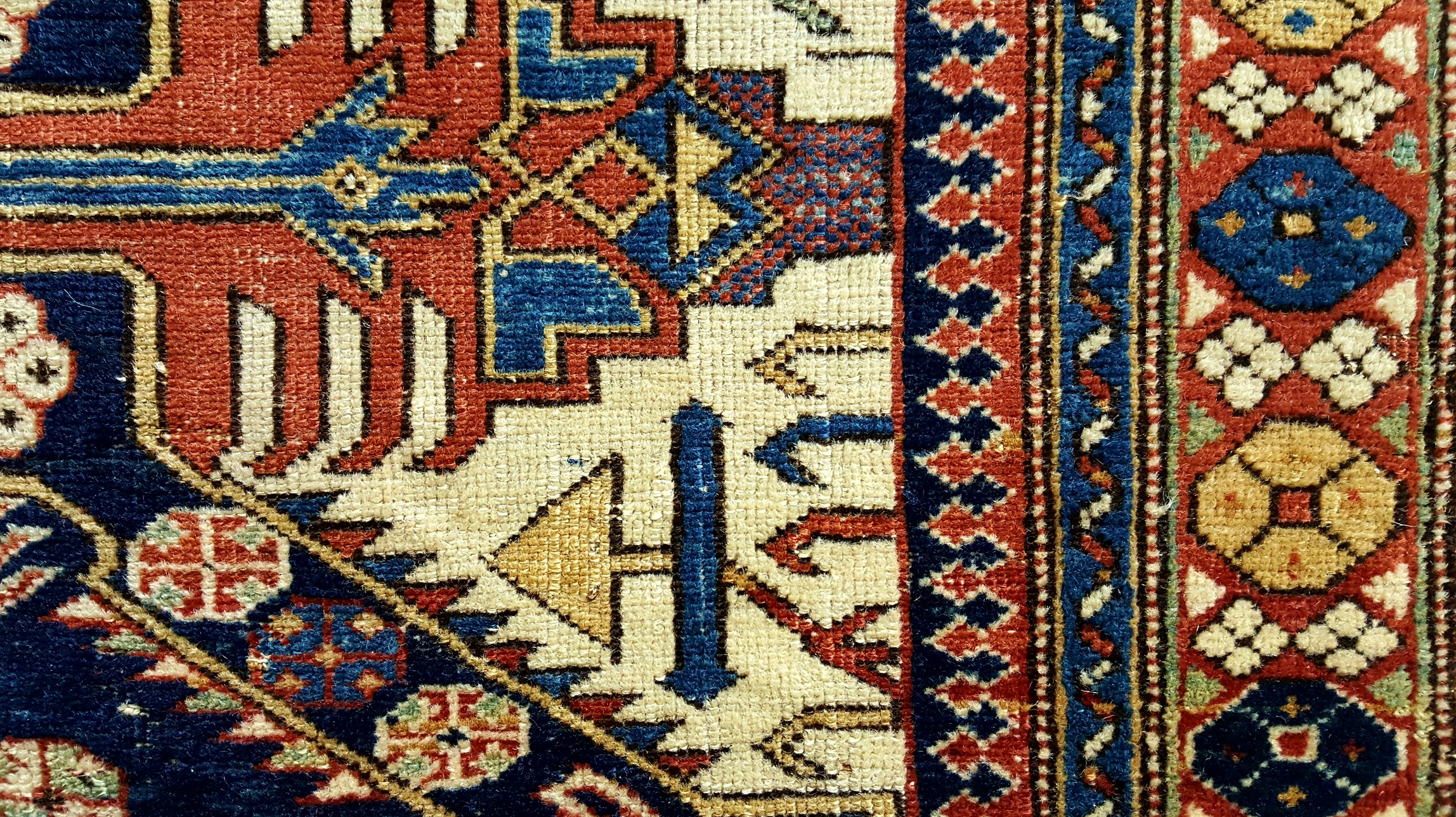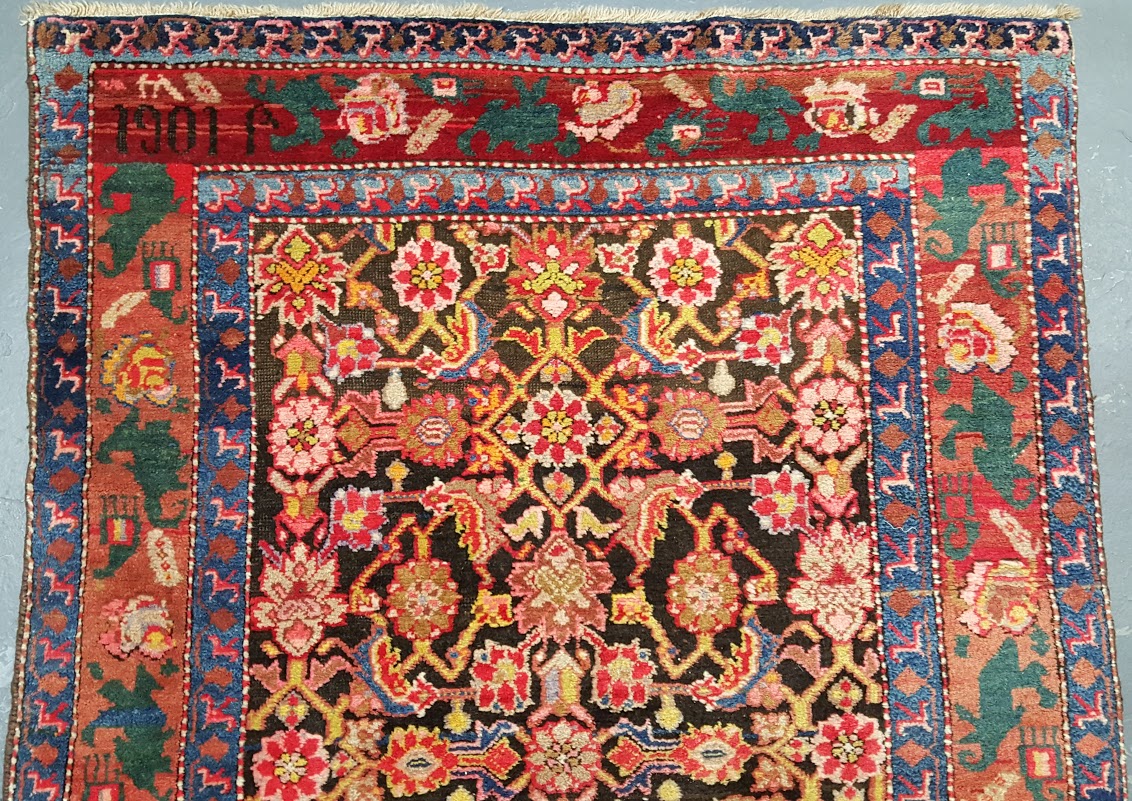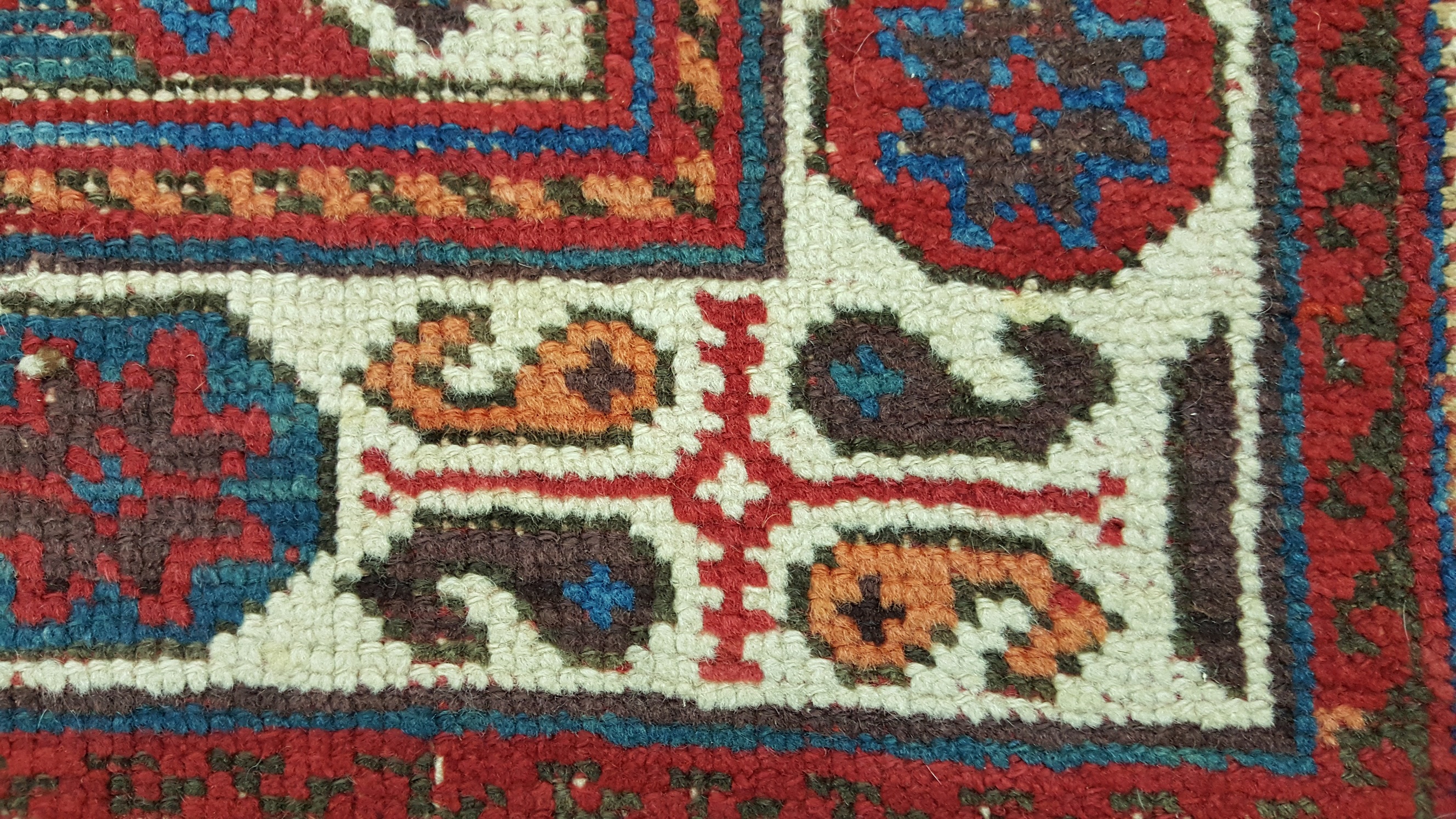Join Master-Craftsman, Hayk Oltaci, for a workshop of four evenings this January 2017 in Laguna Beach, California at Alexander Rug Gallery. Learn the art of rug weaving and discover the ancient art of rug making!
When: Classes start the third week of January 2017 (Tuesday, Wednesday, Thursday &Friday).
* January 17; Tuesday, 7:00 p.m. – 9:00 p.m
* January 18; Wednesday, 7:00 p.m. – 9:00 p.m.
* January 20; Friday, 7:00 p.m. – 9:00 p.m.
* January 19; Thursday, 7:00 p.m. – 9:00 p.m.* January 18; Wednesday, 7:00 p.m. – 9:00 p.m.
* January 20; Friday, 7:00 p.m. – 9:00 p.m.
Where: Alexander Rug Gallery, 412 North Coast Highway, Laguna Beach, CA 92651
Visit Alexander Rug Gallery website
Price: $245.00/per person, Includes instruction and materials.
You will learn the ABCs of vertical rug weaving, including terms such as warp and weft, techniques such as knotting and the basics of design. You will discover how to weave a rug in your own design. You will actually practice the art of rug making by weaving a small rug of your own using the loom and materials provided to each participant. This is an exciting opportunity to learn how rugs have been made for thousands of years from an experienced teacher who will carefully guide you at every stage.
Enjoy traditional music & tea while learning how to weave a traditional rug on your own loom! Everyone leaves with their own mini rug. All materials and supplies provided. All ages welcome.
Limited seating, reservations required. (10 person)
For more information about the classes or our ultimate expert service in hand cleaning and repair of your rugs, please contact Hayko at (212) 219-8257; (212) 717-5400) or Zeytoon (949) 715-9230
Sponsored by Zeytoon, Visit Zeytoon website







 Learn How to weave Rugs
Learn How to weave Rugs




















